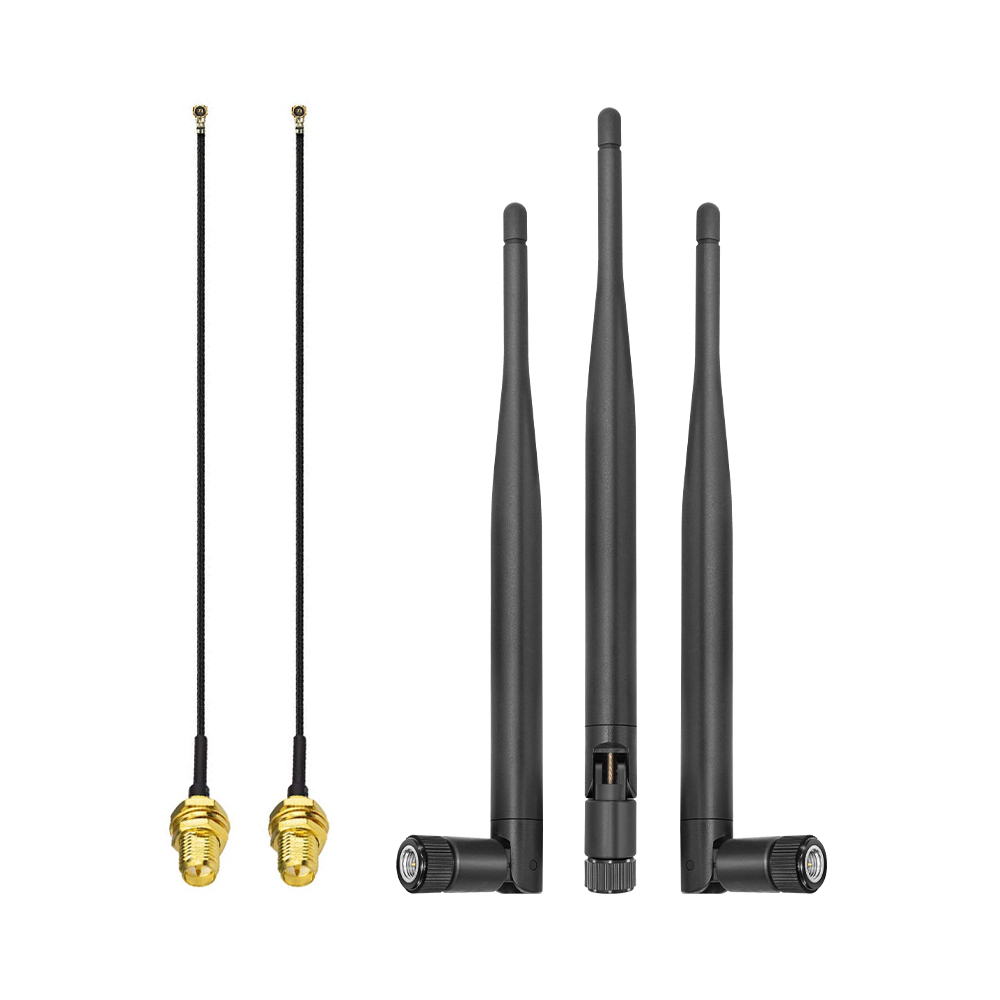The Evolution of Antenna Technology: From Maritime Communication to 5G Connectivity
Body
In the realm of telecommunications, antennas play a pivotal role in enabling communication across vast distances. From their humble beginnings in maritime communication to the cutting-edge technology that powers 5G connectivity today, the evolution of antennas is a fascinating journey.

Understanding Antennas
What exactly are antennas? At their core, antennas are devices that convert electrical energy into radio waves and vice versa. They serve as the bridge between the transmitting and receiving ends of a communication system. The design and functionality of antennas have significantly evolved over the years, adapting to the increasing demands of modern communication.
Historical Context: Maritime Communication
Initially, antennas were primarily used in maritime communication. The first antennas were simple wire structures, often referred to as dipole antennas. These early designs were crucial for ships to communicate over long distances, especially in the vast oceans. As technology progressed, more sophisticated antennas emerged, allowing for clearer signals and greater range.
- Dipole Antennas: Basic design, effective for short-range communication.
- Loop Antennas: Used for specific applications, providing directional capabilities.
- Yagi-Uda Antennas: Introduced in the mid-20th century, these antennas enhanced signal directionality.
The Transition to Modern Communication
As we moved into the late 20th century, the demand for better communication systems surged. This led to the development of various types of antennas tailored for different applications. For instance, the introduction of satellite communication required antennas that could operate in higher frequency ranges. Consequently, parabolic dish antennas became popular for their ability to focus signals effectively.
5G Connectivity: The Future of Antennas
Today, we stand on the brink of a new era with the advent of 5G technology. This next-generation communication system relies heavily on advanced antenna designs, such as Massive MIMO (Multiple Input Multiple Output) antennas. These antennas utilize multiple elements to transmit and receive signals simultaneously, significantly enhancing data throughput and network efficiency.
Why is this important? The increased capacity and reduced latency of 5G networks are set to revolutionize industries, from healthcare to autonomous vehicles. As we embrace this technology, the role of antennas becomes even more critical.
Key Features of Modern Antennas
- High Frequency Range: Essential for 5G and beyond.
- Compact Design: Facilitates integration into various devices.
- Enhanced Signal Processing: Improves clarity and reduces interference.
In conclusion, the evolution of antennas from maritime communication to 5G connectivity illustrates the remarkable advancements in technology. As we continue to innovate, the importance of antennas in our daily lives cannot be overstated. For more insights into the latest developments in antenna technology, visit  .
.






Comments